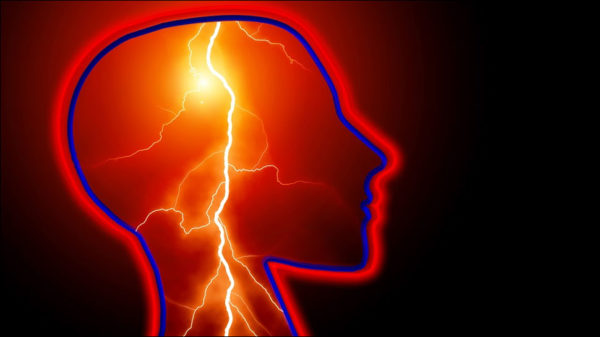Approximately 50 million people currently live with epilepsy worldwide. According to the WHO, epilepsy accounts for about 0.5% of the global burden of disease. Even though it is one of the world’s oldest recognized conditions, fear and misunderstanding have created a social stigma around it that continues to be manifested as discrimination against people with the disorder.
This chronic non-communicable condition is a brain disorder that can affect a person of any age. Like anyone else, most people who suffer from epilepsy are otherwise normal. Epilepsy can be divided into the following two kinds: focal (or partial) epilepsy and generalized epilepsy. In the former condition, epileptic seizures start from a specific part of the brain and tend to spread across the entire brain, while on the other hand, in case of generalized epilepsy, there are no apparent single foci of the origin of seizures. The diagnosis can be done through High-quality MRI and video EEG.
There are several factors that trigger seizures, including lack of sleep, chronic illness, severe psychological stress, heavy use of alcohol, use of recreational drugs (cocaine, ecstasy), nutritional deficiencies, and in some cases, even menstrual cycle. Missed medication, prescription drugs, OTC medicines, and supplements may also trigger epileptic seizures. Usually, a seizure does not last for more than 1 or 2 minutes. Although an episode tends to end spontaneously, it is not a voluntary action, i.e. a person cannot control the seizure. Contrary to what some believe, a seizure is not dangerous and people who suffer from epilepsy are not harmful to others around them. Additionally, only epileptic drugs can make a seizure stop.
The duration of the treatment of epilepsy is between 3 to 5 years in most patients. In some cases, patients may only require treatment up to one year (neuro-cysticercosis), while on the other hand, some patients may need to continue treatment for many years (even lifelong) like in the case of juvenile myoclonic epilepsy. For the successful treatment of epilepsy, the most important precaution is to take medication on time. This is because suddenly stopping intake of epileptic medication can result in seizure relapse.
Points to keep in mind when someone is having a seizure:
Remove or move objects out of the way so the person won’t get injured
Loosen any tight clothing, especially around the neck
Reposition or place a pillow under their head
Lay the patient on one side once seizure is over
Time the seizure duration
Reassure the patient and stay with them until recovery
No one should hold the person down during the seizure
In case the person turns blue or stops breathing, try to position their head in such a way that they can breathe
CPR or mouth-to-mouth breathing is rarely even needed after seizures and should especially not be performed during the seizure
In case, the seizure lasts longer than five minutes, or gets injured during the episode, or is unconscious, it is advisable to call an ambulance
Epilepsy is treatable in a majority of the cases. Significant improvement can be seen in people on a single drug (though some may require the addition of another drug). In extreme cases, where seizures are non-responsive to medication, surgery is an option. In fact, if seizures are identified to be starting from a single point of the brain, then it can possibly be treated by removing that part of the brain. In the recent years, there are several new and effective antiepileptic drugs available which have lesser side effects.



Leave a reply